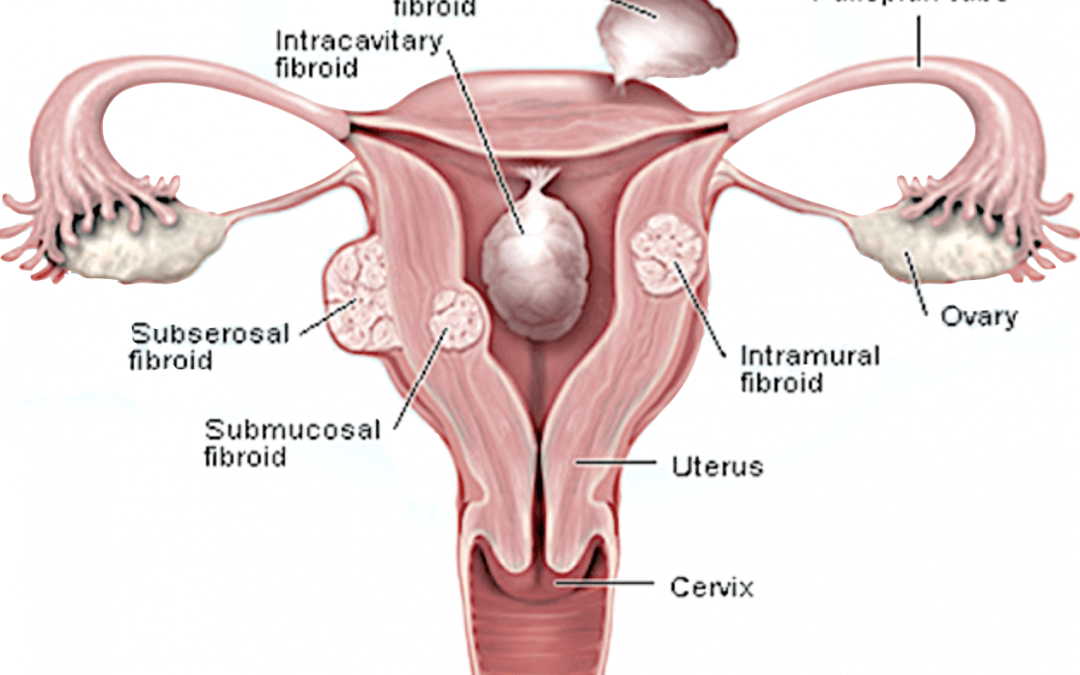Myomectomy
Myomectomy is a type of surgery used to remove uterine fibroids. In laparoscopy Myomectomy can be done one of two ways: Laparoscopic Myomectomy allows your surgeon to remove your fibroids through several small incisions. This may be done robotically. It’s less invasive and recovery is faster than with abdominal myomectomy. Hysteroscopy Myomectomy requires your surgeon to use a special scope to remove your fibroids through your vagina and cervix. Laparoscopic Myomectomy While you’re under general anesthesia, your surgeon will make four small incisions. These will each be about 1/2 inch long in your lower abdomen. Your belly will be filled with carbon dioxide gas to help the surgeon see inside your abdomen. The surgeon will then place a laparoscope into one of the incisions. A laparoscope is a thin, lighted tube with a camera on one end. Small instruments will be placed into the other incisions. If the surgery is being done robotically, your surgeon will control the instruments remotely using a robotic arm. Your surgeon may cut your fibroids into small pieces to remove them. If they are too large, your surgeon may change to an abdominal Myomectomy and make a larger incision in your abdomen. Afterward, your surgeon will remove the instruments, release the gas, and close your incisions. Most women who have this procedure stay in the hospital for one night. Hysteroscopy Myomectomy You will get a local anesthetic or be placed under general anesthesia during this procedure. The surgeon will insert a thin, lighted scope through your vagina and cervix into your uterus. They’ll place a liquid in your uterus to widen it to allow them to see your fibroids more clearly. Your surgeon will use a wire loop to shave off pieces of your fibroid. Then, the liquid will wash out the removed pieces of fibroid. You should be able to go home the same day as your surgery.



